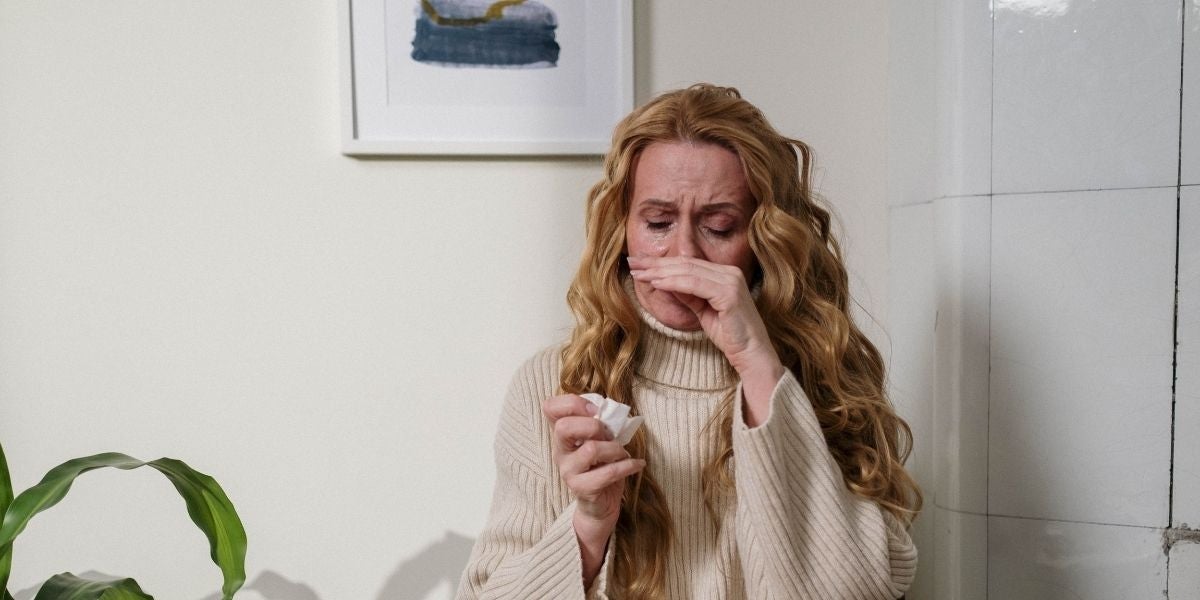¿Sensibilidad química múltiple o sensibilidad multisensorial?
¿Sensibilidad química múltiple o sensibilidad multisensorial?
18 de diciembre de 2023, Por Michael Grant White
Comprenda la sensibilidad química múltiple y la sensibilidad multisensorial y aprenda cómo el oxígeno suplementario puede ayudarle a abordar estos problemas de sensibilidad.

MCS y MSS, ¿qué es?
La sensibilidad química múltiple (SQM) es una situación en la que, según se informa, se producen múltiples síntomas con una exposición química de bajo nivel. Existen varias teorías que explican la causa de la SQM, incluidas la alergia, los efectos tóxicos y la sensibilización neurobiológica.
La sensibilidad multisensorial es una mayor sensibilidad hacia sensaciones rutinarias como la luz, el sonido, el olfato y el tacto. La amplificación sensorial o la tendencia a percibir las sensaciones corporales internas o externas normales del día a día como particularmente desagradables o molestas es la base del MSS.
Aunque no están relacionadas, las causas y los síntomas de ambas afecciones pueden estudiarse al unísono. Las personas con sensibilidad química múltiple (SQM) son hipersensibles a las sustancias químicas que absorben a través de la piel (como los cosméticos), inhalan (como los perfumes) e ingieren (como el alcohol y los medicamentos). La mayoría de los casos de SQM también cumplen criterios diagnósticos de síndrome de fatiga crónica y/o fibromialgia.
Entendiendo las MUSAS
Las buenas y las malas noticias para las personas con MUSES
Aprenda a respirar mejor con el kit de dominio de la respiración óptima.

Conoce a Mike White
Conozca a Michael Grant White, el entrenador de respiración óptima y obtenga información práctica sobre el desarrollo de su respiración, su salud y su longevidad.




